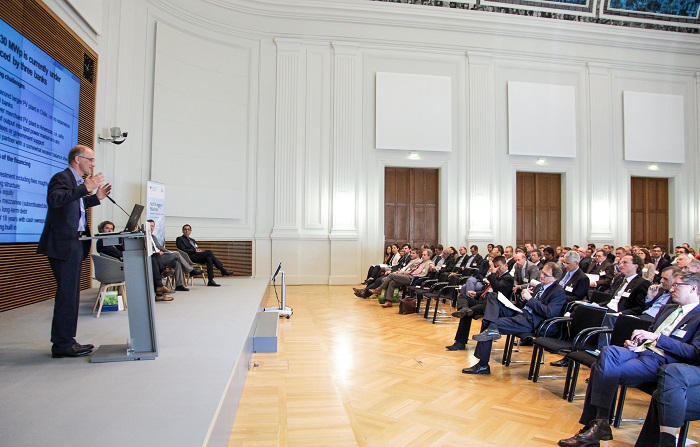A closer look: Heating and hot water generation

Section of wall with radiant or wall heating
© aquatherm
Heating systems deploy various technologies and methods. In principle, for example, a distinction can be made between centralised systems, e. g. local and district heating systems, heat transfer, distribution and storage, and decentralised heating systems, which consist of a heat generating plant used for one building or even one residential unit (for more information on heating and air-conditioning systems see heat transfer, distribution and storage).
Both renewable energy and conventional heating systems can be used as local heating systems. These include, for example, micro and mini CHP units, condensing boilers or even heat pumps. Solar thermal systems can also be installed to supplement virtually all of these types of heating. These solar thermal systems can be used to heat drinking water or, if larger solar collector panels are installed, to support the heating system in combination with a gas condensing boiler. The most suitable heating system for a building is determined by the construction method and the resulting heat requirements of the building.
Heat pumps are an example of an efficient way to supply heat to well-insulated buildings. The integration of thermal storage systems, known as buffer tanks in the heating system, is another important component of an efficient heating system. The phase change of the heat potential at times of higher consumption means that peak loads can be sufficiently covered and “buffered”, which facilitates consistent and efficient heating.
Energy can also be saved when heat is distributed in the building through pump systems. By switching off the distribution of heat at times of low demand, e. g. at night, unnecessary energy losses are avoided. In order to do so, pumps with a standby mode are needed. The installation of modern thermostat valves, which can record and regulate the temperature precisely, can also be helpful in achieving the required room temperature.




